 Last night, on RTE’s Frontline program, there was a discussion of whether it made sense to buy Irish foods, or whether it made sense to shop in the North, which is cheaper. John McKenna spoke up for supporting Irish foods and used some strong language in making his points. There were some angry farmers, an amazing number of regular people saying they wanted to support Irish (including some on the dole), and of course there was the usual retail bashing. Eddie Hobbes mocked the notion of buying Irish, saying the best thing for the economy was for everyone to buy in the North so that prices would come down further here. It seems his logic is that with no customers, everyone will be out of work, and then stuff will get really, really cheap in Ireland. As happens on so many of these programs, the discussion devolved into price, price and price. Were retailers ripping people off? If not, who was ripping people off? Were prices too high?
Last night, on RTE’s Frontline program, there was a discussion of whether it made sense to buy Irish foods, or whether it made sense to shop in the North, which is cheaper. John McKenna spoke up for supporting Irish foods and used some strong language in making his points. There were some angry farmers, an amazing number of regular people saying they wanted to support Irish (including some on the dole), and of course there was the usual retail bashing. Eddie Hobbes mocked the notion of buying Irish, saying the best thing for the economy was for everyone to buy in the North so that prices would come down further here. It seems his logic is that with no customers, everyone will be out of work, and then stuff will get really, really cheap in Ireland. As happens on so many of these programs, the discussion devolved into price, price and price. Were retailers ripping people off? If not, who was ripping people off? Were prices too high?
I found it all very depressing. During the Celtic Tiger, so much public discussion focused on prices and money. House prices, food prices, salaries, etc. Now, we’re in a recession, and the discussion hasn’t changed a bit. It’s still about house prices, food prices, salaries, etc. When can we leave this behind and have discussions of all the other things that are important – family, trust, truth, love, beauty, honour, leisure, heritage, caring etc? One would think, now that the Celtic Tiger and the myth of money = happiness has been exposed, that we could focus on other issues besides prices and money.
The fact is that we buy for all sorts of reasons, even if we’re constrained financially. Price becomes important if we see the item as a commodity or don’t really care about the quality (toilet roll would be an example in my case. I’d buy the cheapest and save my money for other things, but my partner violently disagrees). But for many of our purchases, price is only one of many factors. Do we buy the cheapest shoes, regardless of style or quality, or do we rather buy the best and most stylish shoes we can afford on our budget?
We make choices all of the time with our purchases, and those choices can define the society we live in. If we bought more organics, organics would grow (which they have, by the way – 13% growth last year, defying the notion that price is everything). If we support a restaurant we love, that restaurant will probably pull through these tough times. If we hate a shop, we can simply shop elsewhere and it will probably fail. We, as purchasers, have great power. We can decide who survives and who fails with the money we have to spend, even if our budgets are shrinking.
To show that price isn’t everything, here are 10 other, perfectly good reasons that I buy things:
1. Because I know and like the person. For example, I have a jumper I bought from a friend who knits them. I actually make a lot of purchases this way, and for me this category also encompasses local.
2. Because I simply love it. My camera would fall into this category. There are loads of cheaper cameras, but I love my Nikon D300. For food, think Glenilen’s clotted cream or Llewellyn’s apple juice.
3. Because it’s Irish. Knowing how hard it is for farmers these days, I wouldn’t feel right buying potatoes, eggs, fish, milk, etc. from abroad. You can mock me, but I feel better buying Irish when I can on products that matter to me. Saying that buying Irish is xenophobic or anti-free trade is a nonsense – I am all for free trade, and I love certain products from abroad. However, I also have a sense of community and understand that my purchasing decisions matter.
4. Because it’s stylish and/or very cool. My iPhone fits in this category. I don’t make a lot of these purchases, but they sure make me happy.
5. Because it’s ethical or Fairtrade. As long as the quality is good, I feel much better supporting companies with this ethos.
6. Because it’s natural/organic/Biodynamic. Always important to me, this has become much more important after having a baby. I simply couldn’t feed her junk or dress her in synthetic clothes. I’d rather put off my visit to the dentist, put off buying myself new clothes, etc.
7. Because it supports a cause I believe in – for example, my Chernobyl Children’s Project sweatshirt. Not the cheapest, but what a good cause, and I always feel good wearing it.
8. Because the quality is good. This, of course, is one of the most basic reasons we decide to buy anything, and we all know about the false economies of buying cheap shoes that fall apart in a month, cheap food that you end up throwing out because it’s awful, etc. etc.
9. Because I trust the person or company. I don’t think this needs any explanation, and it an important reason for me.
10. Because I need a boost and/or need to feel better. Chocolate. ‘Nuff said.
I’m sure there are many more reasons you can think up, and again I’m not saying price isn’t important. I know that people don’t have unlimited budgets, and I believe that is precisely why we need to change the debate.
So… can we please, please stop talking incessantly about money and prices now that the Celtic Tiger is over? We all need to live within our means, whatever they are, but there are so many other important things in life.
 We have received a box of the new Bridgestone Food Guide for our shops, and John & Sally McKenna’s book is a must for anyone who loves Irish food. I’m not just saying this because we’re still blushing here at the write up of our shops (photo above). This is the most comprehensive list of the best of Irish foods (by a long way), with where to go and what to find in all parts of the country. The work that went into this was clearly immense, and it’s written with love, care and dedication.
We have received a box of the new Bridgestone Food Guide for our shops, and John & Sally McKenna’s book is a must for anyone who loves Irish food. I’m not just saying this because we’re still blushing here at the write up of our shops (photo above). This is the most comprehensive list of the best of Irish foods (by a long way), with where to go and what to find in all parts of the country. The work that went into this was clearly immense, and it’s written with love, care and dedication.











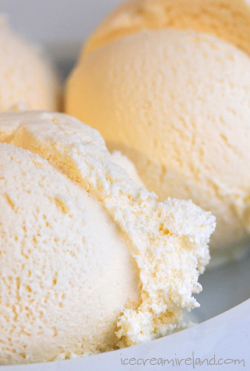

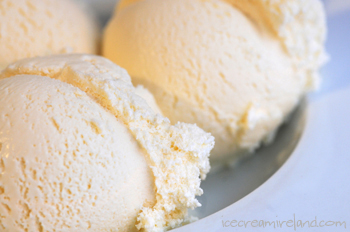


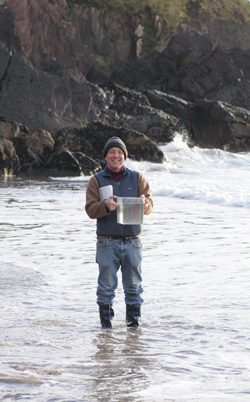

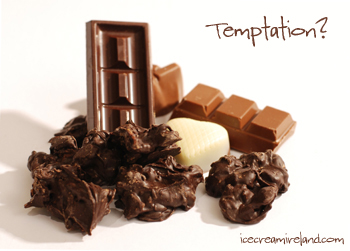 As we head into
As we head into 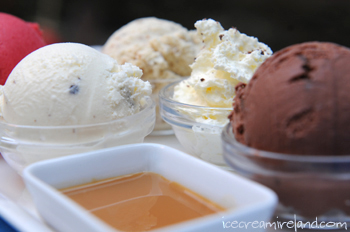
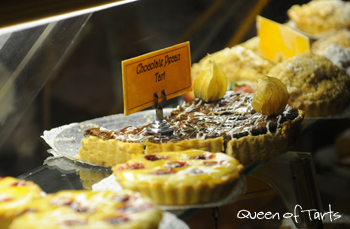
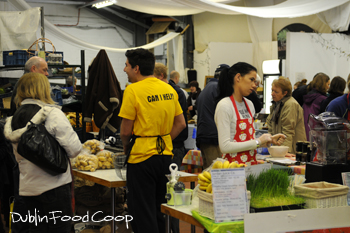
 Last night, on RTE’s
Last night, on RTE’s